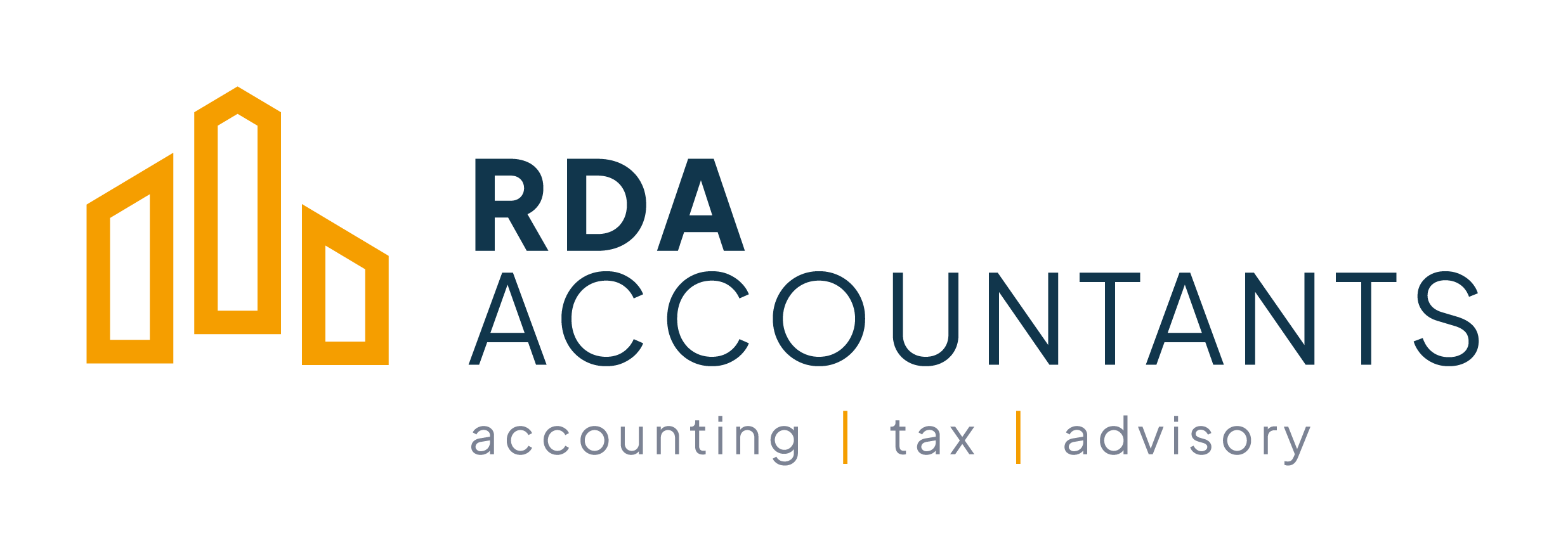Business ownership requires the effective management of both personal and business finances. The...
The Business Owner's Guide to Cashflow Planning
As a business owner, managing finances is crucial for success. That's why we've created a guide to cashflow planning, which provides everything you need to know to stay on top of your finances and avoid common pitfalls.
What is Cashflow Planning?
Cashflow planning is the process of tracking and managing the money that comes in and goes out of your business. It's a crucial part of financial management that allows you to anticipate future cash needs, identify potential shortfalls, and adjust spending and saving accordingly.
A cashflow plan can help you stay on top of your finances by providing a clear picture of your business's financial health. It can help you make informed decisions about the future of your business, anticipate potential issues, and address them before they become major problems. In short, cashflow planning is essential for ensuring the long-term financial health of your business.
Why is Cashflow Planning Important?
Cashflow planning is critical for a few reasons:
Helps you make informed decisions
By having a detailed understanding of your cashflow, you can make informed decisions about the future of your business. You'll be able to identify areas where you can cut costs or invest more, and you'll be able to plan for the future with greater confidence.
Anticipate potential issues
Cashflow planning allows you to anticipate potential issues and address them before they become major problems. For example, if you anticipate a cash shortfall in the near future, you can take steps to increase revenue or reduce expenses to avoid running out of money.
Avoid running out of money or going into debt
By having a clear understanding of your cashflow, you can avoid running out of money or going into debt. Cashflow planning helps you manage your finances in a way that allows you to meet your financial obligations and stay financially healthy.
Common Cashflow Planning Mistakes to Avoid
While cashflow planning is important, it's not always easy. Here are a few common mistakes that business owners make with their cashflow planning:
Failing to create a detailed plan
A vague cashflow plan won't be much help when it comes to making informed financial decisions. To create a detailed plan, you'll need to track all of the money that comes in and goes out of your business. Use accounting software or spreadsheets to make this easier.
Focusing too much on revenue
Revenue is important, but it's not the whole story. Make sure you're also accounting for expenses, debt, and other financial obligations. A detailed cashflow plan should take all of these factors into account.
Not revisiting your plan regularly
Your cashflow plan should be a living document that you update regularly to reflect changes in your business and the economy at large. Make sure to revisit it at least once a quarter.
How to Get Started with Cashflow Planning
Now that you understand why cashflow planning is important and some common mistakes to avoid, here are some tips for getting started:
1. Track your cashflow
Start by tracking all of the money that comes in and goes out of your business. This includes revenue from sales, loans, or investments, as well as expenses like payroll, rent, and supplies. Use accounting software or spreadsheets to make this easier.
2. Create a cashflow plan
Once you have a sense of your cashflow, create a detailed plan that takes into account your revenue, expenses, debt, and other financial obligations. Consider using a cashflow template to help you get started.
3. Use tools and strategies to manage your cashflow
There are a variety of tools and strategies available to help you manage your cashflow, from accounting software and automation tools to financial ratios and forecasting techniques. These can help you identify areas where you can reduce costs or increase revenue, and they can help you plan for the future with greater confidence.
4. Revisit your plan regularly
Your cashflow plan should be a living document that you update regularly to reflect changes in your business and the economy at large. Make sure to revisit it at least once a quarter, and adjust it as needed to ensure that you're on track to meet your financial goals.
By following these steps and avoiding common cashflow planning mistakes, you can stay on top of your finances and ensure the long-term financial health of your business. Remember, cashflow planning isn't just something you do once and forget about - it's an ongoing process that requires regular attention and adjustment. By staying proactive and informed, you can build a solid financial foundation for your business that will help you thrive for years to come.


.png?height=200&name=Roadmap%20(1).png)
